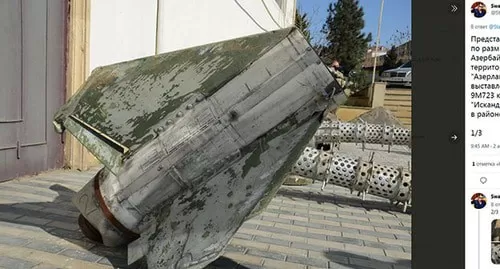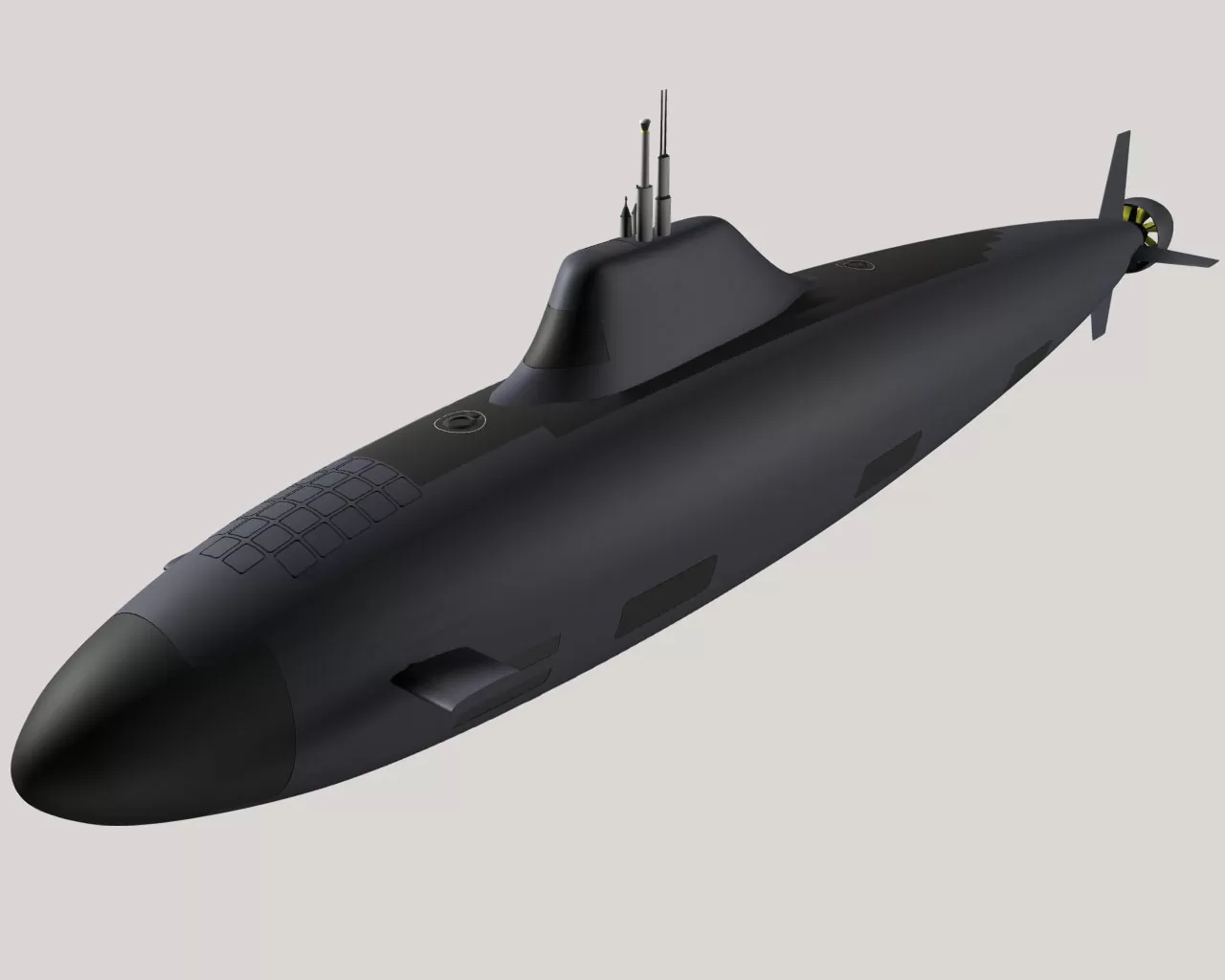
Iskanders in the war for Nagorno-Karabakh
Launcher 9P78E of the battery of the Iskander-E complex of the Armenian Armed Forces at the training ground this year.
The March issue of “Wojska i Techniki” published an article “Iskanders in the war for Nagorno-Karabakh – a shot in the leg”, which highlighted the use of the Iskander-E missile system by Armenia in the autumn war last year. with Azerbaijan and its consequences. A little over a month after the events presented in the article, we can add another chapter to them.
On March 31, 2021, information was published in the Azerbaijani media by a representative of the National Mine Action Agency (ANAMA, Azerbaijan National Mine Action Agency) that on March 15, during the clearance of unexploded mines and mines in the Shushi region at two in the morning, remains of ballistic missiles. A closer examination of them revealed markings on several elements - indexes 9M723, unambiguously indicating that they come from Iskander aeroballistic missiles. The agency's message indicates the exact coordinates of the places where the remains were found and published their selected photographs.
The rear part of the 9N722K5 cluster warhead with its central part - a perforated gas collector, discovered on March 15, 2021 in the city of Shusha. In the assembled state, 54 fragmentation subprojectiles are placed around the collector, and a pyrotechnic charge is placed in the collector tube, the task of which is to disintegrate the warhead on the flight path and disperse the submissiles. The condition of the element visible in the photo indicates that the disassembly of the head went well, so there can be no question of the failure of the head or its incorrect operation.
Information about the discovery spread in the world media with the speed of a forest fire, but it did not cause any official reaction from Russian factors. Further speculation appeared in the Russian blogosphere, including even the strange conclusion that the remains found during the demining of the city of Shusha are the remains of Iskander missiles, but ... Iskander-M, which
Armenia is no more!
On April 2, representatives of the ANAMA agency organized a brief presentation of some of the finds for media representatives, during which they were exhibited in Baku on the territory of the Azerlandshaft company. Among them were: a steel cap of the rocket head, the hulls of two bottom parts with central nozzles for gas collectors of the 9N722K5 cassette warhead, and the remains of the tail compartment. The fact that the body of the S-5M Nova-M 27W125 mid-flight anti-aircraft engine was shown is not reflected by ANAMA specialists. The remnants of two scattered cases of cluster warheads without submunitions found at the crash site indicate that the fired missiles fired normally and unexploded or partial firings are out of the question in this case. Moreover, two shells of warheads prove that two missiles fell on Shusha - this is the version of events presented by the Chief of the General Staff of the Armenian Armed Forces, Colonel General Armenian. Onika Gasparyan and the film's authenticity from their shooting.
The most interesting of the presented remains is the tail equipment compartment. A careful analysis of the available photographs shows that it lacks four sets of nozzles for an additional gas-dynamic control system, characteristic of the Iskander-M aeroballistic missiles. In addition to nozzles, the compartment does not contain six mysterious covers that are clearly visible on the bottom of the Iskander-M missiles. Most likely, these are phantom targets. Their absence on the found remains indicates that these are elements of the export version of the 9M723E Iskander-E missiles, similar to those that were sold to Armenia. For comparison, on the remains of the tail unit compartment found in 2008 in the Georgian city of Gori, all these elements are visible, which indicates the use of 9M723 missiles of the Iskander-M complex there.
